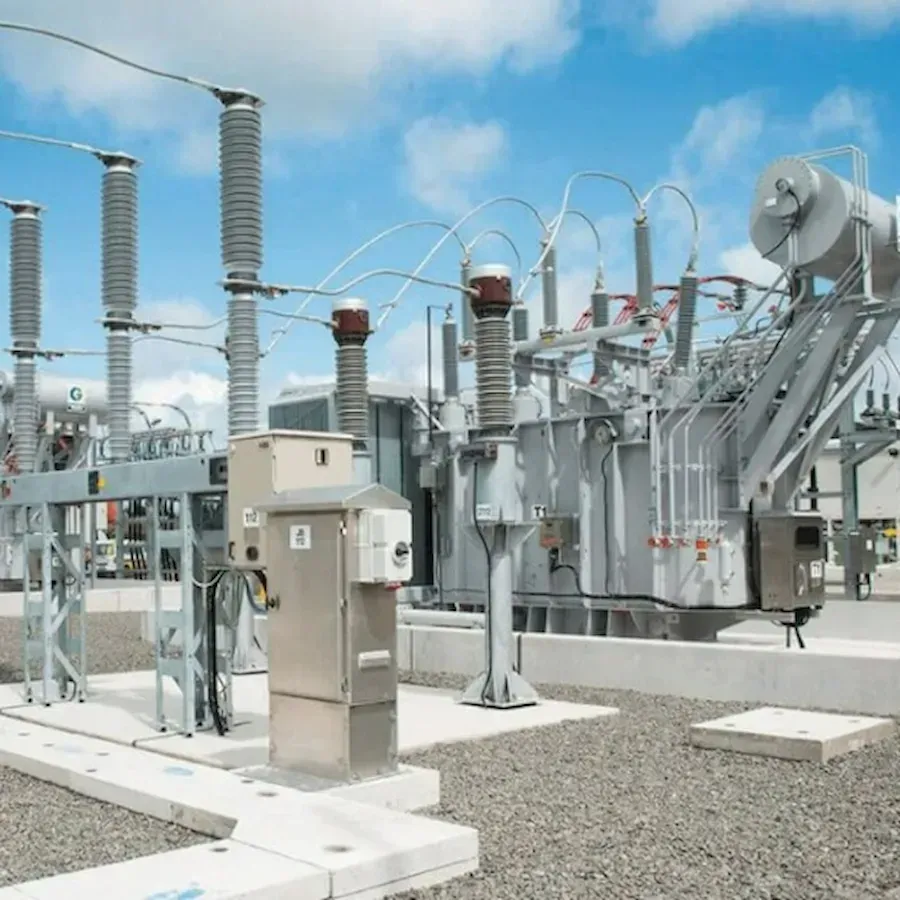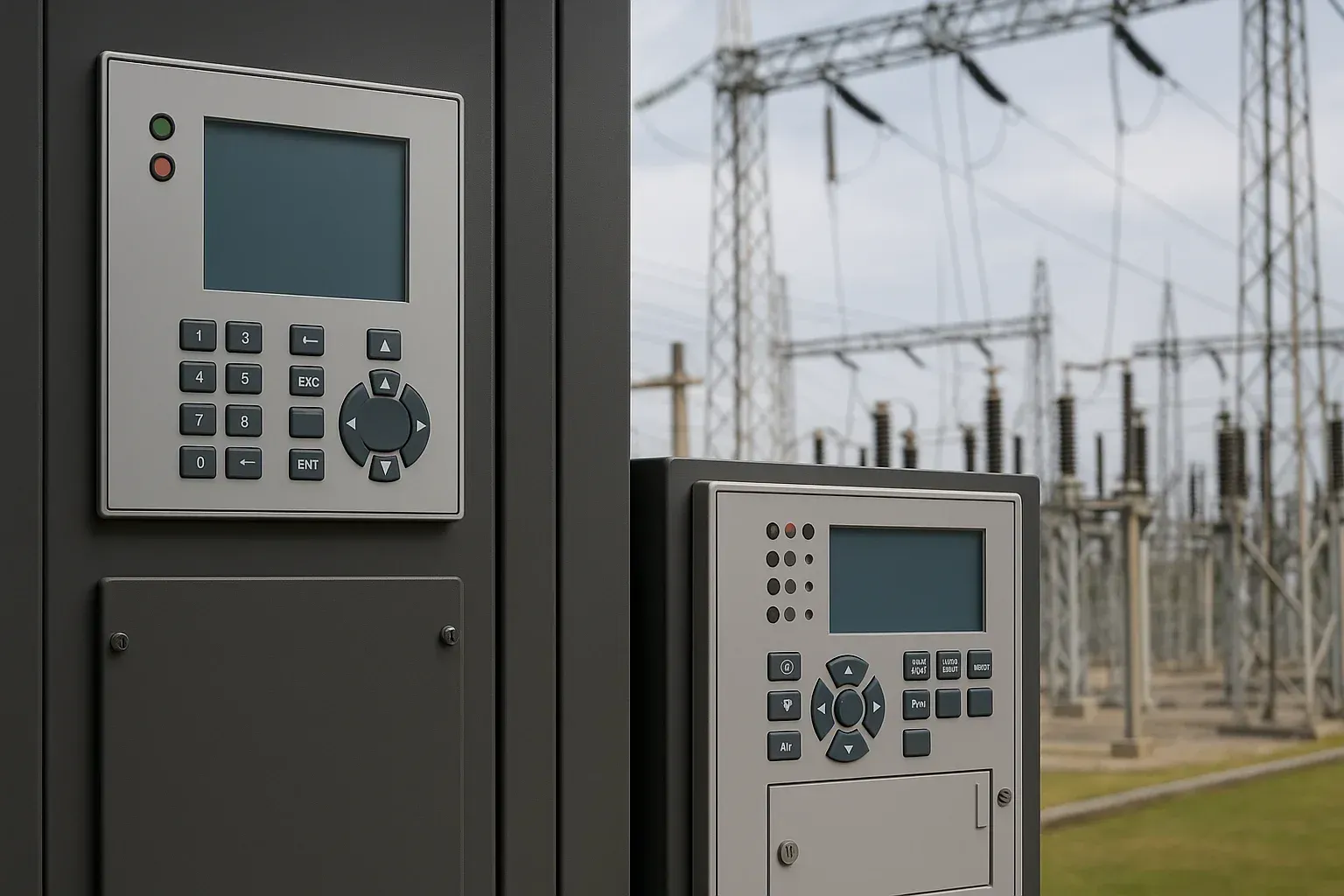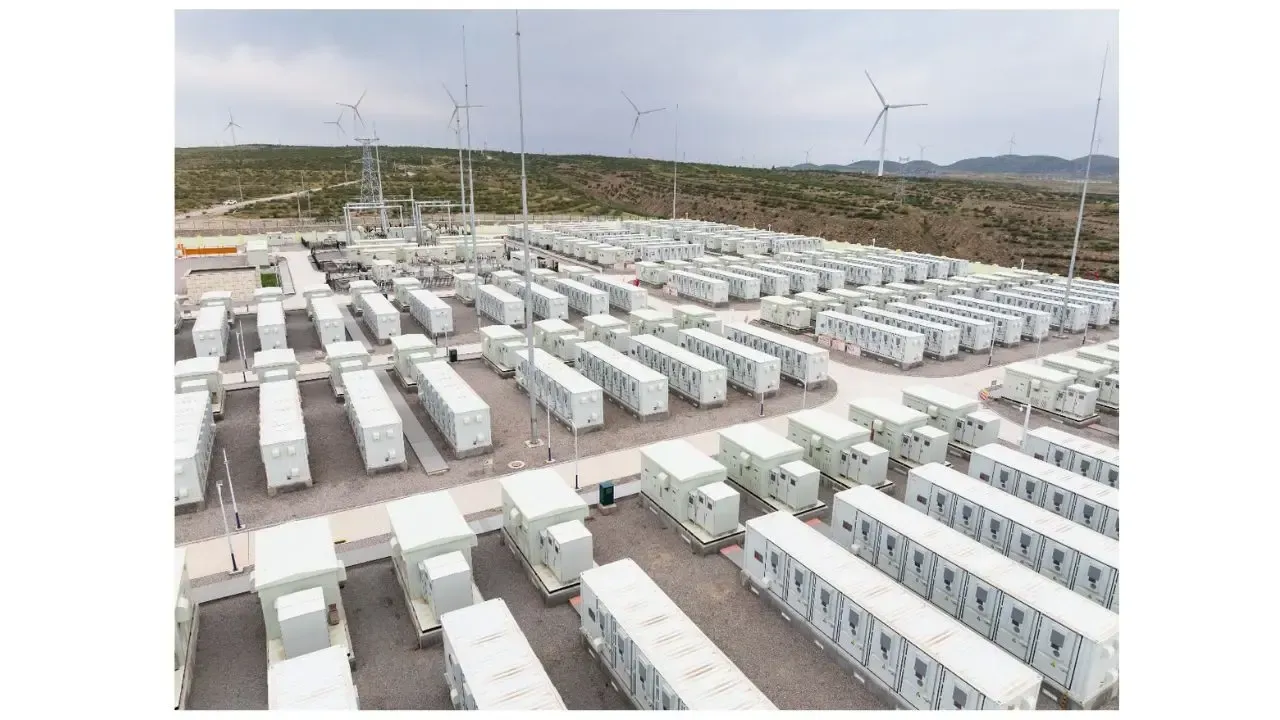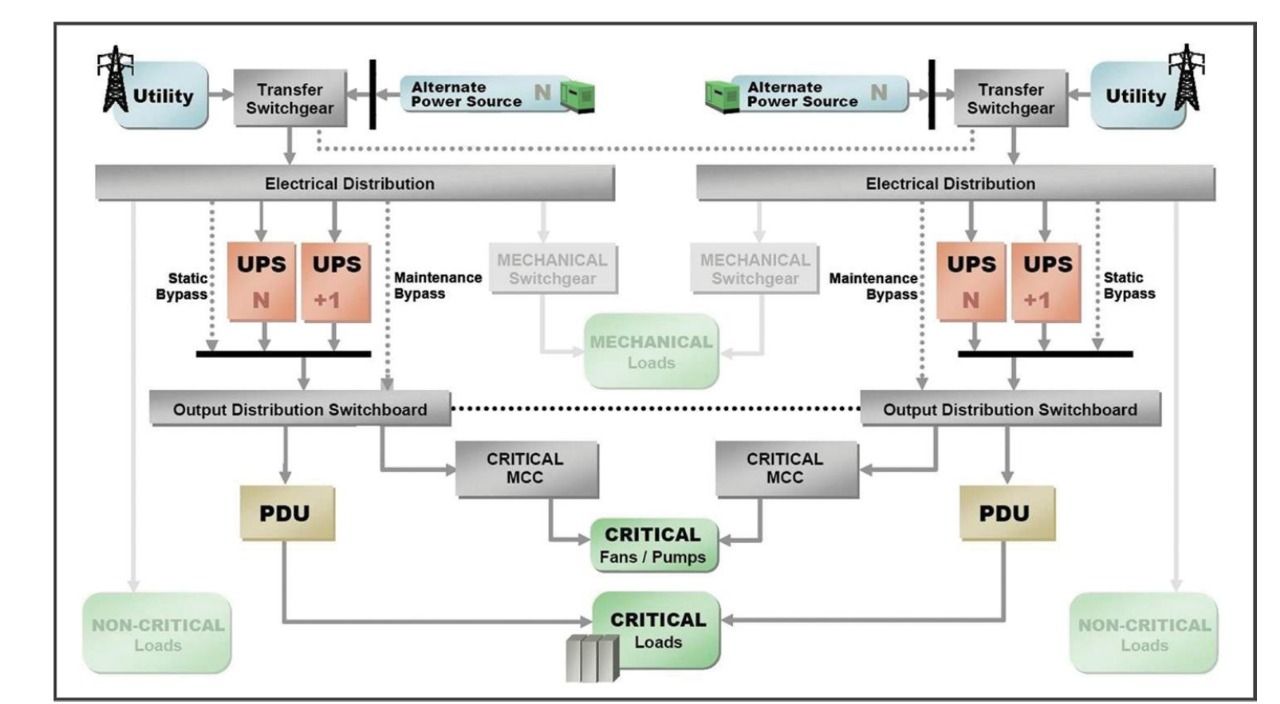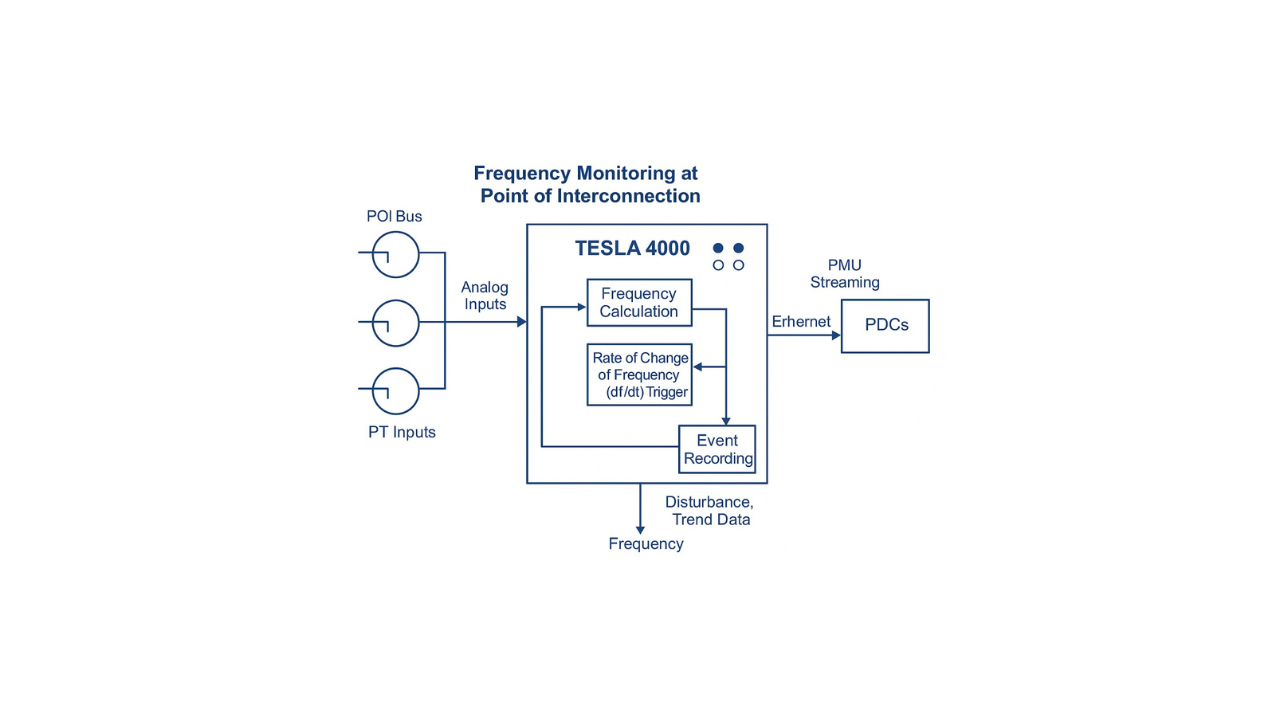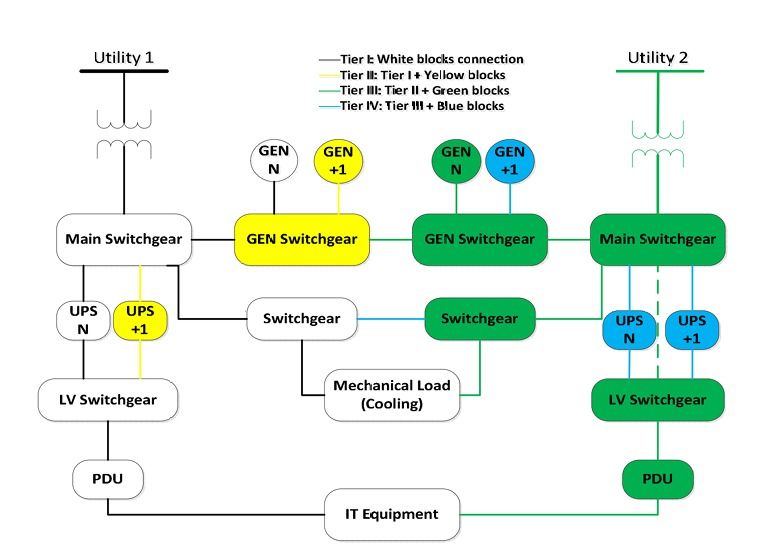A Coordinated Electric System Interconnection Review—the utility’s deep-dive on technical and cost impacts of your project.
Challenge: Frequent false tripping using conventional electromechanical relays
Solution: SEL-487E integration with multi-terminal differential protection and dynamic inrush restraint
Result: 90% reduction in false trips, saving over $250,000 in downtime
Advanced Insights into Power System Modeling for Long-Term Resource Planning
July 04, 2025 | Blog
Introduction
In an era where the electrical grid is undergoing rapid transformation, understanding the results from power system models becomes critical for stakeholders engaged in long-term resource planning. This guide, developed by the National Renewable Energy Laboratory (NREL), extends beyond the basics to equip utility commission staff, state energy office personnel, and interested stakeholders with the knowledge to better evaluate Integrated Resource Plans (IRPs).
Building on the foundational Beginner’s Guide to Understanding Power System Model Results, this advanced edition delves deeper into key modeling themes, specifically:
Additional insights into clean energy mandates, environmental justice, resilience, and integrated planning further position readers to assess the robustness of energy strategies in a decarbonizing grid.
Evolving Electricity Demand
Drivers of Demand Growth
Historically, electricity demand has grown modestly. However, with widespread electrification—especially in transportation (electric vehicles) and heating (heat pumps)—demand profiles are expected to shift dramatically. This trend is magnified by policies like the Inflation Reduction Act that incentivize electrification.
Modeling Demand Shifts
Demand isn’t simply about more electricity—it's about when and where that electricity is used. This requires:
- Bottom-up modeling of utility service territories
- Inclusion of weather-dependent load variations
- Estimations of adoption for technologies like EVs and smart thermostats
The modeling must account for peak shifts, such as the transition from summer afternoon peaks to winter morning peaks due to electric heating. As shown in
Figure 1 on page 3, the modeled growth scenarios highlight the need for flexible and resilient
grid planning.
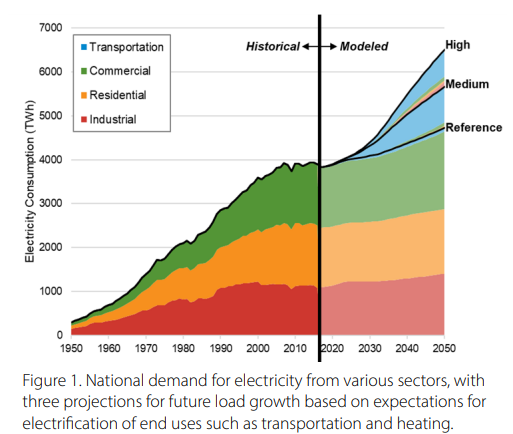
Demand-Side Resources: Unlocking Flexible Load
Categories and Modeling Approaches
Demand-side resources (DSRs) include any intervention that alters the shape or magnitude of electricity consumption. They may be:
- Prespecified (Exogenous): Modeled based on external forecasts
- Selectable (Endogenous): Chosen by the planning model based on cost-effectiveness
Examples include:
- Distributed Generation (e.g., rooftop PV)
- Energy Efficiency (e.g., insulation)
- Demand Response (e.g., shifting load)
- Demand Flexibility (e.g., EV charging)
- Time-based Pricing mechanisms
Challenges in Inclusion
DSRs are difficult to quantify due to:
- Heterogeneity of building stock and consumer behavior
- Difficulty in forecasting adoption and cost
- Lack of robust performance data compared to traditional generation
However, when modeled correctly, demand-side interventions can defer infrastructure upgrades, reduce emissions, and improve system efficiency.
Resource Adequacy: Ensuring Grid Reliability
Definition and Importance
NERC defines resource adequacy as the grid’s ability to meet load at all times, accounting for outages and unexpected events.
Events like:
These have underscored the stakes in planning for rare but impactful disruptions.
RESOURCE ADEQUACY - Figure 2 on page 6 shows that weather-driven unplanned outages can far exceed expected norms, demanding new modeling approaches that address this volatility.
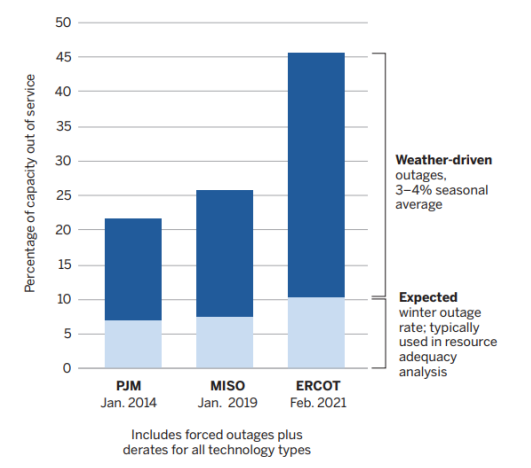
Modeling Metrics
Common metrics include (Attached table coming from page 7):
- Planning Reserve Margin (PRM)
- Loss-of-Load Expectation (LOLE)
- Loss-of-Load Hours (LOLH)
- Expected Unserved Energy (EUE)
Each has trade-offs between interpretability and accuracy. LOLE (e.g., 0.1 events/year) is widely used, but lacks granularity on event size or cost implications.
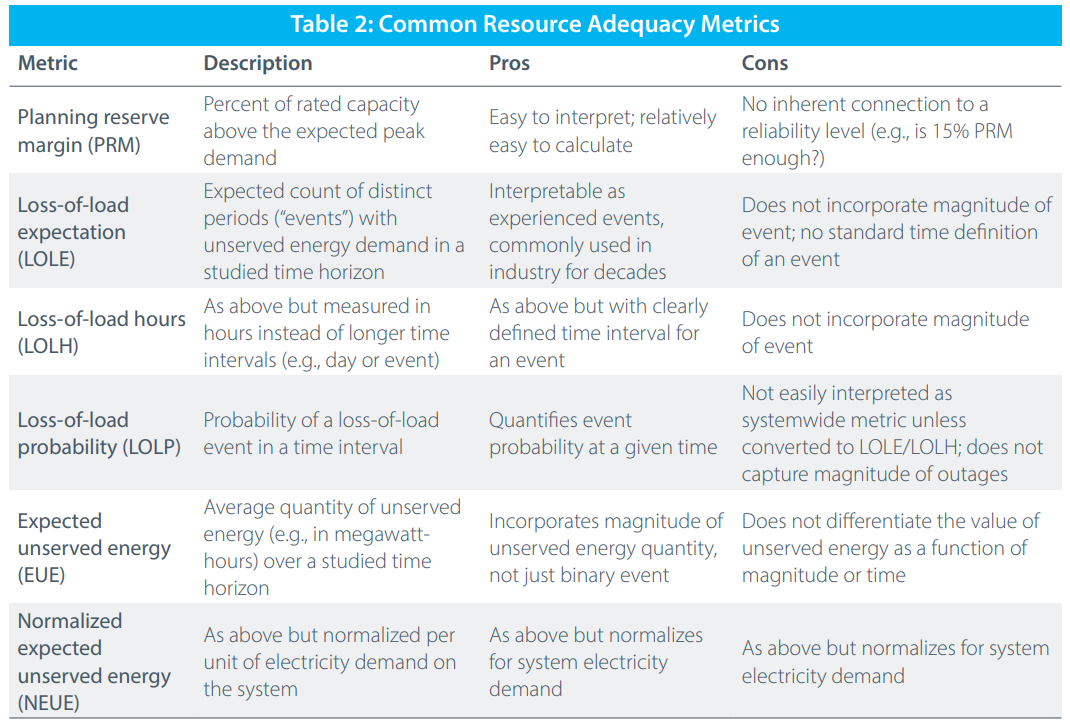
Capacity Credit and ELCC
To value individual resources' contribution to adequacy, models often use:
- Capacity Credit (% of nameplate capacity usable at peak)
- Effective Load Carrying Capability (ELCC)
These require rigorous data, especially as grids integrate more variable renewable energy and storage. Advanced models simulate thousands of scenarios, considering outages, weather, and load correlations, though this is computationally intensive.
Clean Energy Standards and Planning Implications
As more jurisdictions adopt 100% clean energy mandates, modeling must adapt to:
- Technology eligibility (e.g., CCS-equipped gas, nuclear)
- Treatment of imports/exports
- Accounting basis (generation vs. sales)
- Temporal matching (real-time generation vs. annual netting)
Decarbonization strategies, including:
- Wind, solar, geothermal, hydropower
- Bioenergy and H2 combustion
- Carbon capture and storage (CCS)
- Seasonal storage
- Demand-side measures
- Carbon dioxide removal (CDR)
The planning model must be capable of representing these diverse technologies with appropriate constraints and cost structures.
Energy, Environmental, and Climate Justice
Addressing Historical Inequities
Energy justice emphasizes the fair distribution of energy benefits and burdens. Modeling should include:
- Recognition Justice: Identifying disadvantaged communities
- Procedural Justice: Involving these communities meaningfully
- Distributive Justice: Ensuring equitable outcomes
IRPs should:
- Incorporate metrics for pollution and energy burden
- Enable participation through outreach
- Quantify impacts by demographics and location
Grid Resilience and Extreme Events
Defining Resilience
While reliability deals with expected system performance, resilience addresses how the grid withstands extreme or unpredictable events.
Models must begin to reflect:
- Geographic dependencies (e.g., hurricane zones)
- Interdependencies (e.g., electric and gas systems)
- Microgrids and backup systems
Integrated Planning and Transparency
Cross-Disciplinary Planning
Historically, generation, transmission, and distribution planning have been siloed. Enhanced coordination helps:
- Align assumptions and timelines
- Maximize shared resource value
Joint review processes, as described on page 12, are helping integrate these traditionally separate domains.
Transparency and Public Engagement
Open-source models and published assumptions (e.g., cost tables, load forecasts) foster trust and allow stakeholders to provide informed feedback.
- Review committees during IRP development
- Public availability of data and models
- Clear documentation of methods
Conclusion
As power systems transition toward decarbonization, increased electrification, and distributed resources, modeling sophistication must grow accordingly. The NREL Advanced Guide highlights that:
- Trade-offs between reliability, equity, and cost are inevitable
- Demand-side and clean energy technologies must be valued accurately
- Stakeholder engagement and transparency are central to effective planning
By embracing these principles, utilities, regulators, and stakeholders can shape a resilient, inclusive, and sustainable energy future.
FAQs: Power System Model Results for Long-Term Resource Plans
What is the purpose of an IRP (Integrated Resource Plan)?
An Integrated Resource Plan (IRP) outlines how a utility will meet future electricity demand reliably, affordably, and sustainably—accounting for all generation, transmission, and demand-side management options.
How is electricity demand forecasted?
Electricity demand forecasting uses bottom-up modeling that incorporates technology adoption trends (e.g., EVs), building energy use, weather projections, and end-use behavior.
What is the difference between prespecified and model-selected demand-side resources?
Prespecified (exogenous) demand-side resources are determined outside the planning model; model-selected (endogenous) resources are chosen by the power system model based on cost-effectiveness.
What are examples of demand-side resources?
Examples include distributed energy resources (DERs) like rooftop solar and battery storage, energy efficiency upgrades, demand response programs, load shifting, and time-based electricity pricing.
What is resource adequacy?
Resource adequacy is the ability of the electrical grid to meet load requirements at all times, even during extreme weather or equipment failures.
What is a Planning Reserve Margin (PRM)?
PRM is the percentage of extra generation capacity (typically 10–20%) above forecasted peak demand, used to ensure reliable power system operations.
What is ELCC?
Effective Load Carrying Capability (ELCC) quantifies the contribution of a resource—especially variable renewables—to meeting peak demand in resource adequacy models.
Why is modeling rare events important?
Rare events like extreme weather or concurrent outages can cause grid failure. Modeling these scenarios supports risk-aware grid planning and resilience.
How do clean energy mandates affect IRPs?
Clean energy mandates require utilities to incorporate zero-carbon technologies and address factors such as renewable eligibility, carbon offsets, and clean generation timing.
What technologies help reach 100% clean energy?
Technologies include wind, solar PV, geothermal, nuclear, long-duration energy storage, carbon capture (CCS), and demand flexibility solutions.
How is energy justice integrated into planning?
Energy justice is modeled using demographic data, pollution exposure analysis, and inclusive public engagement to assess energy burden and environmental impacts on underserved communities.
What’s the difference between equity and equality in energy?
Equity considers differing community needs and historical disparities to ensure fair outcomes; equality treats all stakeholders uniformly, regardless of need.
What is resilience in power systems?
Grid resilience refers to the system’s ability to prepare for, withstand, and recover from extreme events like storms, cyberattacks, or natural disasters.
Why are microgrids important for resilience?
Microgrids support distributed generation and can operate independently during grid outages, ensuring power continuity for critical facilities like hospitals.
What’s the role of transparency in modeling?
Transparent modeling builds stakeholder trust by disclosing assumptions, cost inputs, and results, enabling meaningful regulatory and public participation.
Are open-source models better?
Open-source energy modeling tools improve transparency, reproducibility, and collaborative validation—though they may have fewer commercial features or support.
Can storage replace peaker plants?
Yes, battery energy storage systems can provide rapid-response capacity, replacing fossil-based peaker plants in meeting short-term peak electricity demand.
How is climate change considered in load forecasts?
Forecasting now integrates climate model projections to simulate future weather extremes and shifting seasonal energy demand patterns.
What is the role of EVs in planning?
Electric vehicles impact both electricity demand and grid flexibility. Managed charging and vehicle-to-grid (V2G) strategies are used to optimize load and support grid services.
How can regulators ensure meaningful public input?
Regulators can promote public participation by funding community groups, holding accessible hearings, and including environmental justice communities early in the IRP process.
Ready to Build Smarter Power System Models?
At Keentel Engineering, we support utilities, developers, and regulators with advanced modeling, resource planning, and compliance services tailored to today’s evolving energy landscape. From IRP analysis to grid interconnection studies, our team ensures your plans are technically sound and future-ready.
➡️ Contact us to discuss your modeling needs or request a consultation.
➡️ Or explore our services:

About the Author:
Sonny Patel P.E. EC
IEEE Senior Member
In 1995, Sandip (Sonny) R. Patel earned his Electrical Engineering degree from the University of Illinois, specializing in Electrical Engineering . But degrees don’t build legacies—action does. For three decades, he’s been shaping the future of engineering, not just as a licensed Professional Engineer across multiple states (Florida, California, New York, West Virginia, and Minnesota), but as a doer. A builder. A leader. Not just an engineer. A Licensed Electrical Contractor in Florida with an Unlimited EC license. Not just an executive. The founder and CEO of KEENTEL LLC—where expertise meets execution. Three decades. Multiple states. Endless impact.
Services

Let's Discuss Your Project
Let's book a call to discuss your electrical engineering project that we can help you with.

About the Author:
Sonny Patel P.E. EC
IEEE Senior Member
In 1995, Sandip (Sonny) R. Patel earned his Electrical Engineering degree from the University of Illinois, specializing in Electrical Engineering . But degrees don’t build legacies—action does. For three decades, he’s been shaping the future of engineering, not just as a licensed Professional Engineer across multiple states (Florida, California, New York, West Virginia, and Minnesota), but as a doer. A builder. A leader. Not just an engineer. A Licensed Electrical Contractor in Florida with an Unlimited EC license. Not just an executive. The founder and CEO of KEENTEL LLC—where expertise meets execution. Three decades. Multiple states. Endless impact.
Leave a Comment
We will get back to you as soon as possible.
Please try again later.
Related Posts



